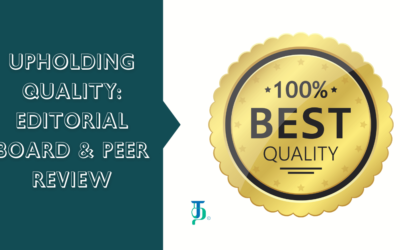Writing an academic paper is a dreadful exercise for many researchers. Is there a way it can be made simple and, if possible, enjoyable?
Our mind will fool us by suggesting that we should write the paper from the title to the references in that order: title, abstract, keywords, introduction, methodology, results, discussion, conclusions, and references – as they are presented in a scholarly publication.
However, we need to realize that the writing process is different from reading a paper. So, how can we write an article?
Keep shorter and achievable writing goals.
Instead of trying to write the entire piece in one stretch, break them into sections and set goals to complete them. Assign a word count and a target time to complete for each section.
Time to think and time to write are different.
Before you put your pen on the paper (or your fingers on the keyboard), think about what you want to communicate. As much as possible, separate the thinking time and the writing time. Meditate on the idea, form a picture and then write. This way, you will not be discouraged from giving up.
Start with the known and move to the less known.
Some sections are much easier to write. For example, the study and results. It’s because you are talking about your work: what did you do, why did you do that, how did you do, and what did you find? You know the answers to these questions because, well, it is your work – it is what you actually did over the past few months or years.
Then move on to, say, discussion. Review of literature and discussion are somewhat related because you will refer to a lot of literature in both cases. In the review of literature, you will set the stage for your work; in the discussion, you will compare your work with the literature.
You may move to introduction and conclusion. Then perhaps the abstract.
This way, you will start strong and gain confidence as you move to later sections.
Collect hints and develop them.
As you start each section, considering the word count, create an outline by taking hints. Once you are satisfied with the outline, start writing. This way you will present a well-structured argument rather than wandering around without clarity. Moreover, you will not miss any important point you want to make because you have already thought about what you want to include.
Use tools.
Let’s take the example of the reference section. It usually contains scores of reference entries, which need to be formatted according to the journal style. This section, perhaps, is the most time-consuming and painstaking. But you can do it like a breeze if you use tools such as Zotero or Mendeley or OneNote.
MS Word offers a ton of features to writing. Most of us use MS Word as sophisticated typewriting software. But what we use only the tip of the iceberg. Learning them will immensely help you.
You may also learn about add-ons available, such as Grammarly for grammar check. Of course, MS Word offers Editor out of the box, but Grammarly takes it to the next level. But remember they are tools. They are only useful if you know how to wield them. They cannot replace copyeditors.
Revise.
Now that you have written individual sections, put them together. Read for continuity, clarity and coherence. Revise the draft and try to weed out redundancies and unnecessary information.
Seek professional help.
No, I don’t recommend that you outsource your writing. Writing is an important skill needed for a researcher. You need to do it on your own. But you can seek the professional services of a copyeditor, to fine-tune your manuscript and also to get feedback on your writing. This will help you when you attempt to write another article later.
Remember, there is no one-size-fits-all strategy for writing. Different people will have different approaches that work for them. If you don’t have one already or if you are not happy with the outcomes of your existing approach, try my recommendation and see how it works for you.




